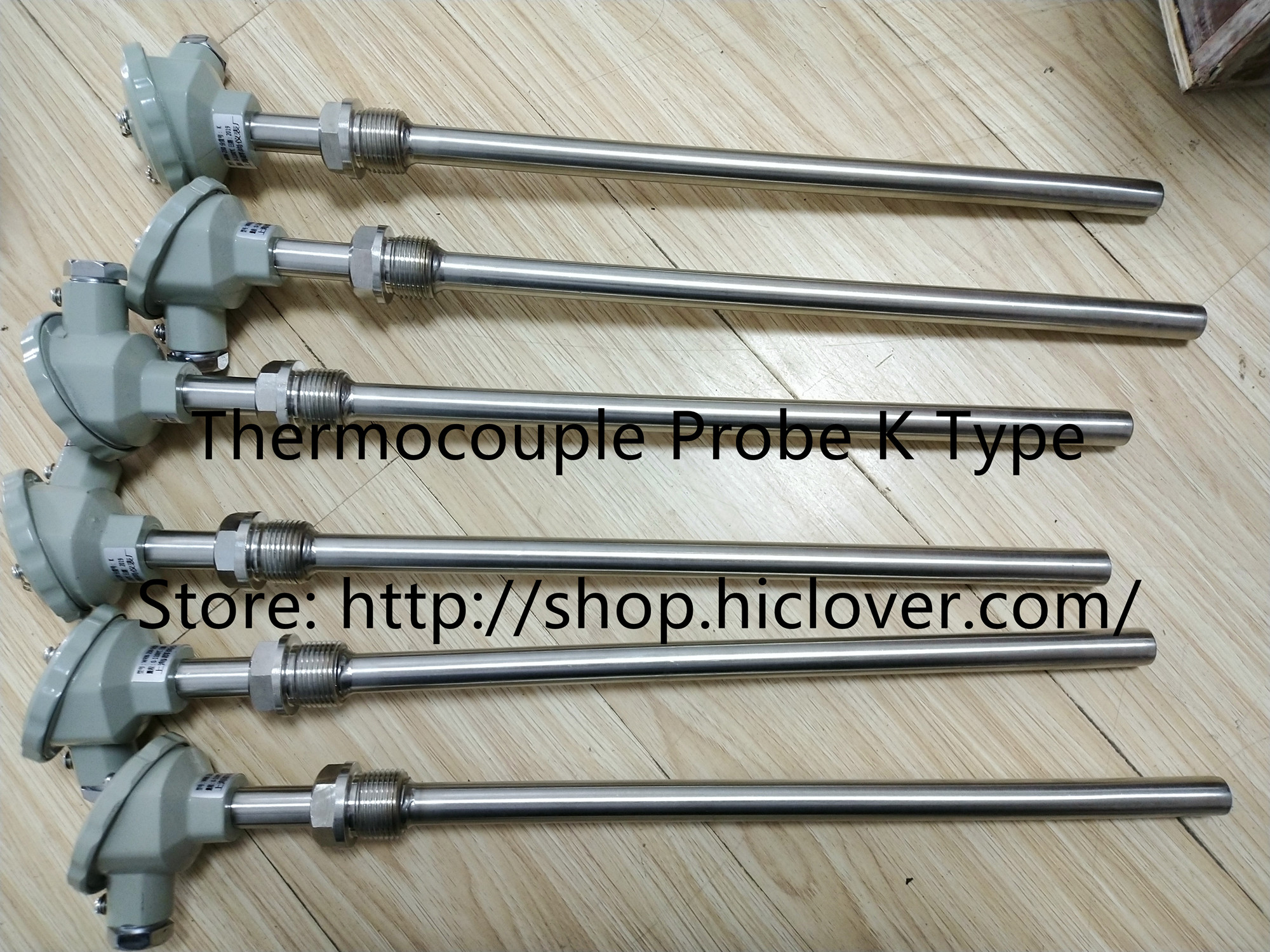Efficient and Effective: The Role of High-Powered Incinerators in Waste Management
Waste management is a critical issue that affects communities and environments around the world. As the global population continues to grow, the generation of waste has also increased, leading to greater strains on traditional waste disposal methods. In recent years, high-powered incinerators have emerged as a key solution to address the challenges of waste management.
High-powered incinerators are state-of-the-art facilities that are designed to burn waste at extremely high temperatures, effectively reducing the volume of waste and eliminating harmful contaminants. These incinerators are equipped with advanced technology and rigorous emission control systems that ensure the safe and efficient disposal of waste.
One of the primary benefits of high-powered incinerators is their ability to reduce the volume of waste. By burning waste at temperatures exceeding 1,800 degrees Fahrenheit, these facilities can significantly reduce the volume of solid waste, minimizing the need for landfills and reducing the environmental impact of waste disposal. Additionally, the heat produced during the incineration process can be harnessed to generate electricity, further enhancing the sustainability of these facilities.
In addition to their volume reduction capabilities, high-powered incinerators also play a crucial role in eliminating harmful contaminants from waste. Hazardous materials such as medical waste, chemicals, and toxic substances can be safely disposed of through incineration, preventing the release of harmful emissions into the environment. Modern incinerators are equipped with advanced pollution control systems that capture and neutralize harmful pollutants, ensuring that the emissions from the facility are within strict environmental regulations.
Furthermore, high-powered incinerators offer a practical solution for the disposal of non-recyclable and non-compostable waste. In many communities, the capacity of landfills is reaching its limit, making it increasingly challenging to find safe and sustainable disposal options for waste that cannot be recycled or reused. By utilizing high-powered incinerators, communities can effectively manage non-recyclable waste while minimizing their environmental impact.
It’s important to note that while high-powered incinerators offer many benefits, it’s essential to ensure that they are operated and regulated in a responsible and environmentally conscious manner. Proper oversight and monitoring of incinerator facilities are crucial to ensuring that emissions are controlled and that the community and environment are not adversely impacted.
In conclusion, high-powered incinerators play a vital role in waste management by offering an efficient and effective solution for the disposal of non-recyclable and harmful waste. These facilities help to reduce the volume of waste, eliminate harmful contaminants, and provide a sustainable alternative to traditional waste management methods. With the right technologies and regulatory oversight, high-powered incinerators can contribute to a more sustainable and environmentally responsible approach to waste management.



